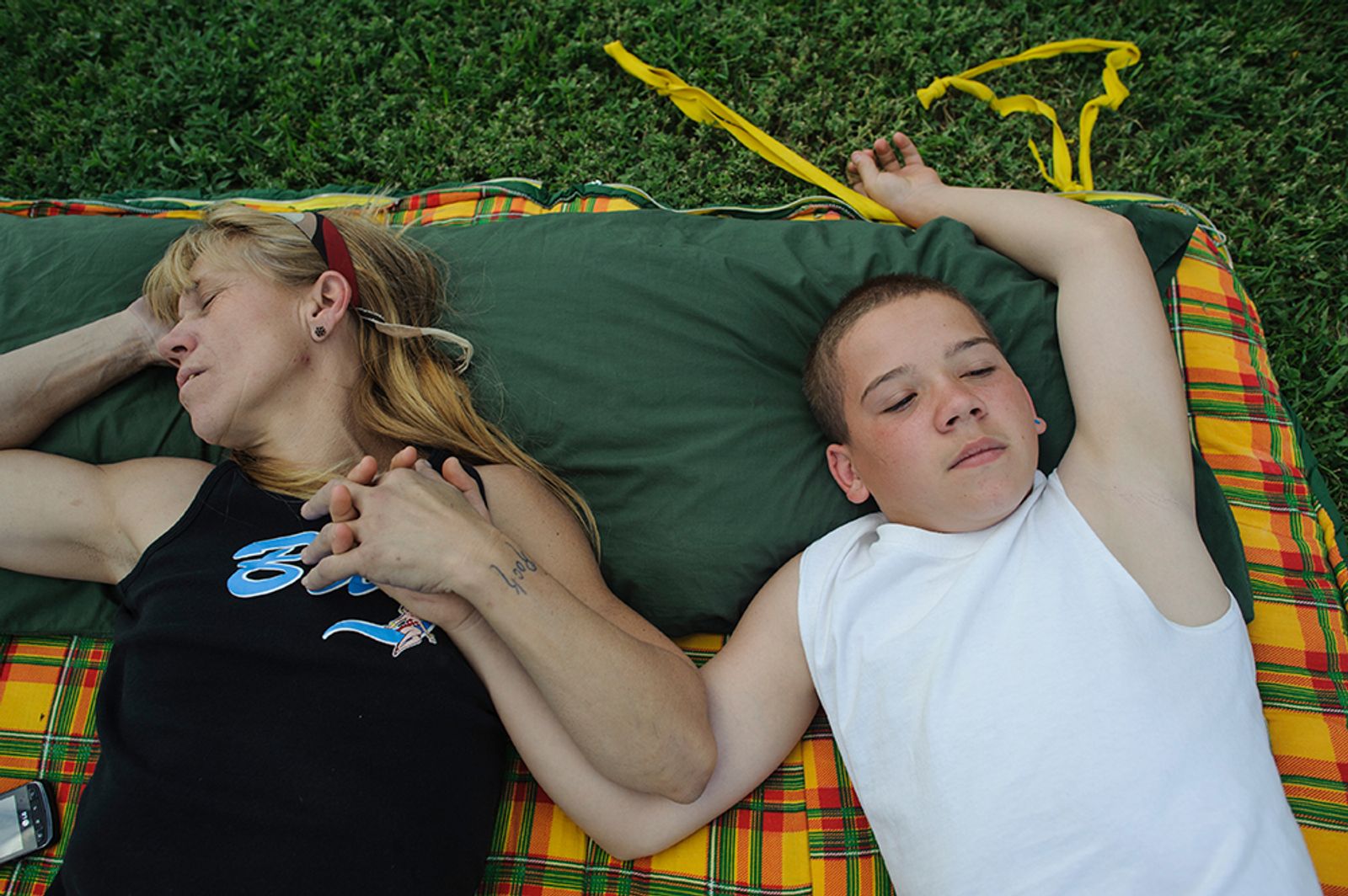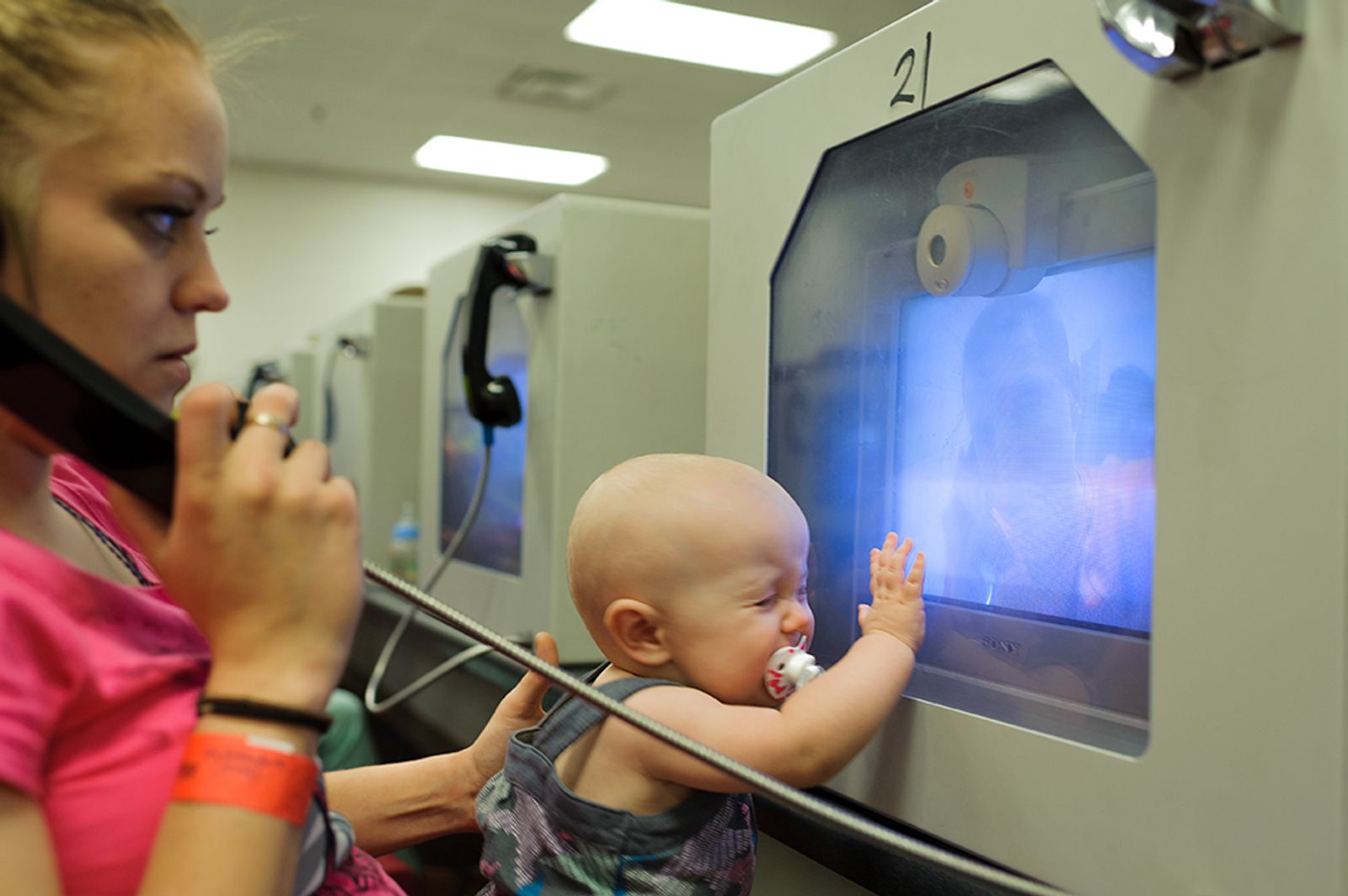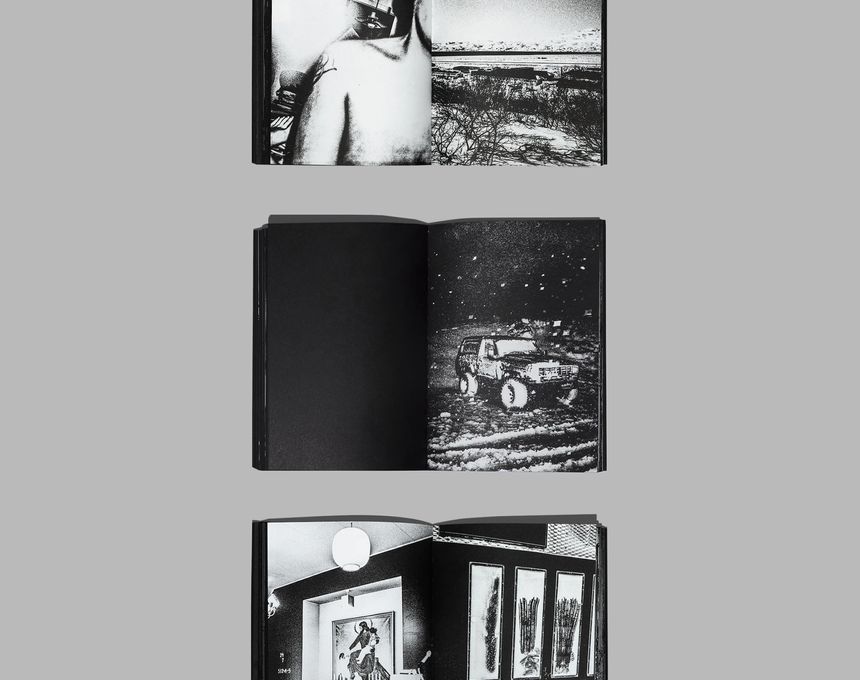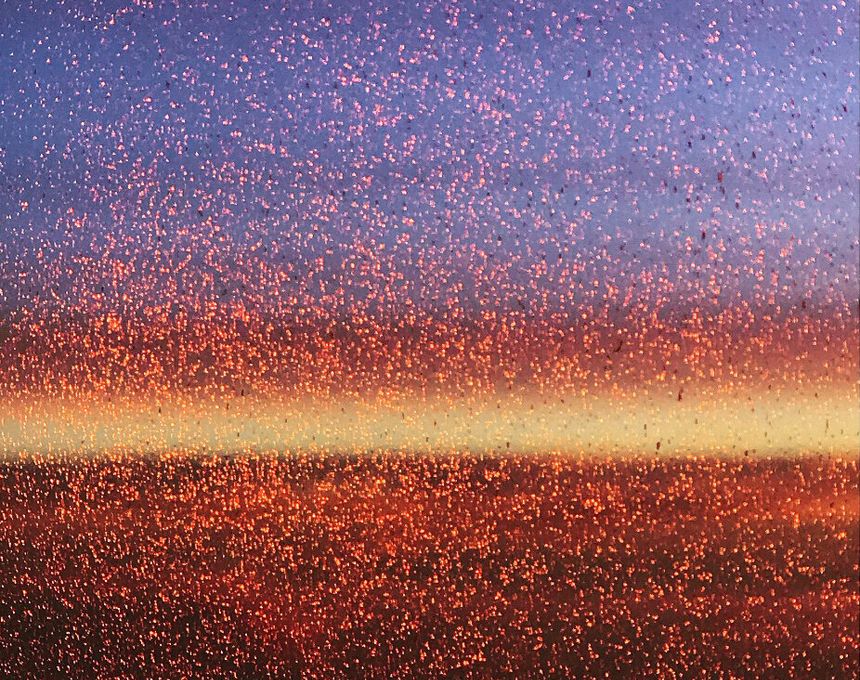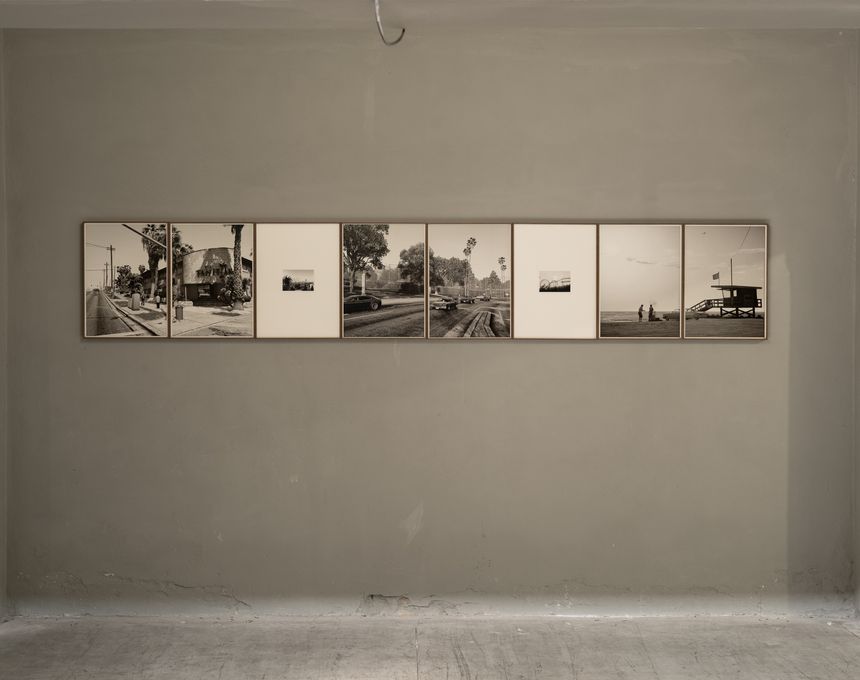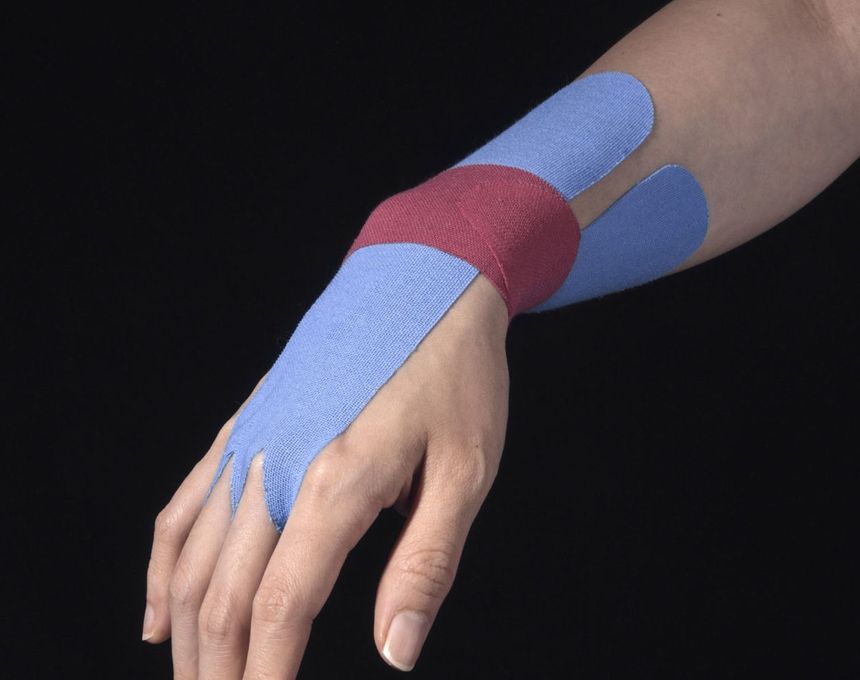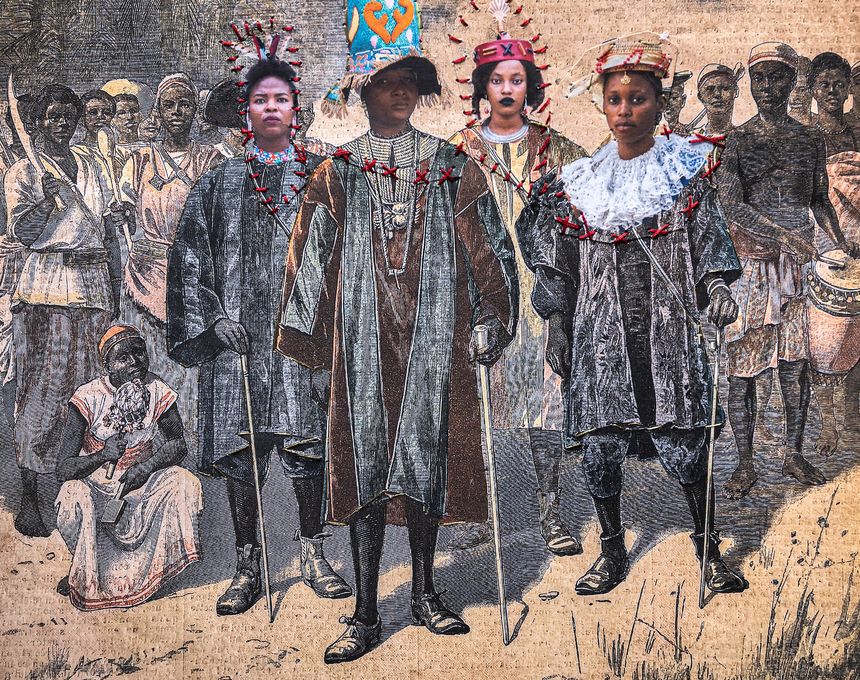A Longing for Love and Innocence
-
Published21 Jun 2017
-
Author
Isadora Kosofsky captures the intimate everyday lives of two young brothers in Albuquerque, New Mexico as they grow up in an environment of love and loss.
Isadora Kosofsky captures the intimate everyday lives of two young brothers in Albuquerque, New Mexico as they grow up in an environment of love and loss.
Vinny and David tells the story of two brothers with troubled childhoods in Albuquerque, New Mexico. It begins with Vinny, then 13, when he was incarcerated for stabbing his mother’s assailant and his older brother, David, age 19, incarcerated in the adult county jail for the first time in 2012. Kosofsky’s long-term photo essay focuses on the brothers’ lives in their family and respective incarcerations over five years. The story also shadows their mother, Eve, her two younger children, David’s girlfriend and their two children.
How did you meet Vinny, David and their mother?
One evening, in the booking section of the juvenile detention center in Albuquerque, New Mexico, I saw Vinny and felt an immediate connection. I experienced the familiar, yet unfamiliar, feeling one gets with subjects that eventually become the focus of long-term projects. Once Vinny arrived in his unit and sat down in front of the television, I approached him, and he confided his story to me, speaking of love for his mother and older brother. Vinny spoke extensively about his relationship with his older brother David, particularly talking about wanting his brother’s attention.
After speaking to Vinny, I was taken aback by his wisdom and maturity. Later, I approached Vinny’s mother in Juvenile Court, and a few days later, while Vinny was still in detention, I went to Eve’s apartment. Vinny’s brother, David, opened the door but immediately shut it, telling me I wasn’t allowed inside. Though we are close in age, he assumed I was a social worker, and he was worried that I could cause instability for the family. However, David’s response did not prevent me from returning to the apartment. What I had learned from Vinny about his and David’s brotherly relationship intrigued me, and I knew that in order to document Vinny’s life, I had to include David. It took about a year for David and the other family members to grow comfortable with my presence.
What was it like to gain access to the juvenile detention center and the adult county jail? What kind of restrictions did you face as a photographer?
Obtaining access is challenging and varies by state. I began writing to facilities in 2009, but I was denied access to facilities in the United States because I was a minor. I photographed in two youth prisons in Romania in 2010 and 2011. Thereafter, upon turning 18, I resubmitted requests to juvenile detention centers in the United States and was granted permission to photograph in a few, which eventually led me to Vinny in Albuquerque.
At the juvenile detention center where Vinny was detained, I spent a month working with him. I had been photographing at this facility for two weeks when Vinny was brought in by police. I would say that restrictions were more intense in the adult facility where I was not allowed near the cells. I was only given a few hours to shoot and was asked to stay in the recreation yard and the communal area of the pod.
Would you say Vinny and David differ much from previous stories you have worked on, or have you found similarities?
Themes of love, loss, abandonment and a desire to find innocence also appear in my previous stories. However, I am careful about making links between the stories that I have documented because universal comparisons in stories can sometimes simplify them when the work is supposed to appreciate the complexity of human lives. Making comparisons with people’s suffering can degrade the subject’s voice, so I am careful about verbalising similarities.
Vinny and David received a PHmuseum 2017 Grant New Generation Prize Honorable Mention. Can you please talk about your future plans with the project?
I plan to continue the project indefinitely. Vinny is now 18 and has a daughter. I am also documenting other families in both the juvenile and adult correctional systems. Around the time that I started photographing Vinny and David’s family, I was also photographing a teenage girl named Alysia who was also being held in the same facility as Vinny.
I can find in all your projects a passion for documenting American issues from a humanistic angle. What are your incentives?
I am drawn to document relationships in marginalised communities. I am passionate about revealing disenfranchised groups, particularly in the US, in a tender manner. Sometimes when a social topic is too visually politicised, you can alienate your audience. Holding social understanding when photographing, I see my subjects as emotional teachers as well as figures whose stories carry social justice resonance. Sometimes photographers look for a person to shadow far away from them when he or she can be just a few blocks away from their home. I enjoy working domestically because I am drawn to document what I think I understand, and then I come to realise that I don’t know anything.
Across your projects you always seem to involve a total immersion approach working for years in your stories. When you embark on your stories how does that commitment develop in your stories?
I take an immersive approach because I believe empathy is the basis of visual storytelling. For the first few months, I usually spend hours listening to my subjects or just observing with camera on my lap. I think that being a great listener is a prerequisite to being a documentarian. By working with subjects over time, I am able to become a fly on the wall in intimate moments. When I showed Vinny, David, and the family certain photographs, they did not know they were taken until they saw them printed.
An aspect of documentary photography that I value is actually the process of photographing an individual over time and witnessing the meaning they experience as a result of having their life documented. Documentary photography gives subjects a heightened sense of self-worth, knowing their story is being told. The relationships with the people I shoot far outweigh the outcome of the project. For me documentary photography is a journey of both loneliness and overcoming loneliness for both photographer and subjects, and then, eventually, the audience who absorbs the work.
When it comes to shadowing young incarcerated men, their façade tends to drop more in photographs than in the way they describe themselves to me in interviews. For some, when talking to them, they provide a more macho description of themselves. Yet, when I photograph them, I try to focus on their vulnerable side. I have to feel a profound emotional connection to people and their stories in order to embark on a long-term project. Choosing a subject is quite personal.
--------------
Isadora Kosofsky is a documentary photographer and filmmaker based in Los Angeles. She received the 2012 Inge Morath Award from the Magnum Foundation and she was a participant in the 2014 Joop Swart Masterclass of World Press Photo. Vinny and David: Life and Incarceration of a Family received a PHmuseum 2017 Grant New Generation Prize Honorable Mention.
Verónica Sanchis Bencomo is a Venezuelan photographer and curator based in Hong Kong. In 2014, she founded Foto Féminas, a platform that promotes the work of female Latin American and Caribbean photographers.


